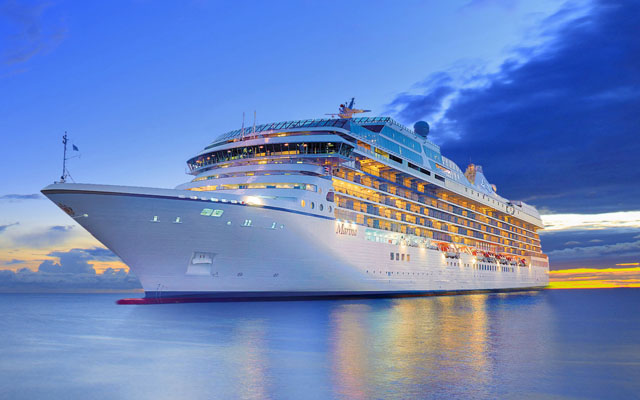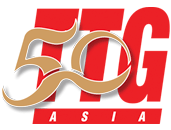 Alas, if Switzerland is not able to find the solution to fill up the hotels in the mountains, its tourism industry will retreat as surely as the glaciers have and are continuing to.
Alas, if Switzerland is not able to find the solution to fill up the hotels in the mountains, its tourism industry will retreat as surely as the glaciers have and are continuing to.
Hello summer and by the time this issue is out, I would have romped through a couple of Swiss mountains. At the time of writing this, I am in Gstaad. Clearly, the impact of the de-pegging of the Swiss franc to the euro – coupled with the fact that Switzerland’s traditional western European markets can no longer afford the high prices Swiss hotels and restaurants must charge due to their high operating costs – is having an impact. The fancy Gstaad promenade, lined with only the Louis Vuittons and Rolexes of this world, is not bustling with people.
Switzerland, along with Greece, France (see our Longhaul Travel report, page 14), Italy, Spain and the rest of them, need Asian and Middle Eastern visitors – any source market that has strong purchasing power – badly. But Switzerland is currently in a particularly difficult position. With the Swiss franc being almost on par with the euro today, it is attractive for Swiss themselves to holiday in neighbouring destinations rather than at home, while the neighbours find it awfully expensive to holiday in Switzerland. The weak euro, meanwhile, is a strong pull for Asians to travel to other European destinations than Switzerland. Forward bookings traced by ForwardKeys show Amsterdam, Milan (which is hosting the World Expo till October), Munich, Barcelona and Istanbul as among the top spots for longhaul leisure travel from Asia.
This is a pity, because the alpine country has so much to offer: hard-to-forget experiences at such high quality, comfort and security that every single franc paid for is worth it. For example, from Gstaad, I went to Glacier 3000, the cable cabin taking me 3,000m up above sea level and there, on a sunny summer’s day, I walked on the snow-covered glacier to a splendid monolith, a two-hour walk that did not feel long because of the uniqueness of the experience and the beauty of the surroundings (plus there is always a panoramic restaurant at the end of these walks that serves mouth-watering food and drinks). There are also other attractions such as a Peak Walk (walk on a suspension bridge between two peaks) and the world’s highest alpine rollercoaster (with a starting elevation of 2,971m and length of 1,000m) which uses bobsled-like cars on its tracks, so you can control the speed.
That’s just a day’s outing and just one of the out-of-this-world places in Switzerland. Alas, if Switzerland is not able to find the solution to fill up the hotels in the mountains, its tourism industry will retreat as surely as the glaciers have and are continuing to.
One solution perhaps is for the Swiss at home and aboard to recognise the challenge the industry is facing and support it by holidaying in Switzerland.
And for Asian travel agencies to sell to their clients the idea that glaciers are not forever.
This article was first published in TTG Asia, August 7, 2015 issue, on page 2. To read more, please view our digital edition or click here to subscribe



 Alas, if Switzerland is not able to find the solution to fill up the hotels in the mountains, its tourism industry will retreat as surely as the glaciers have and are continuing to.
Alas, if Switzerland is not able to find the solution to fill up the hotels in the mountains, its tourism industry will retreat as surely as the glaciers have and are continuing to.
















